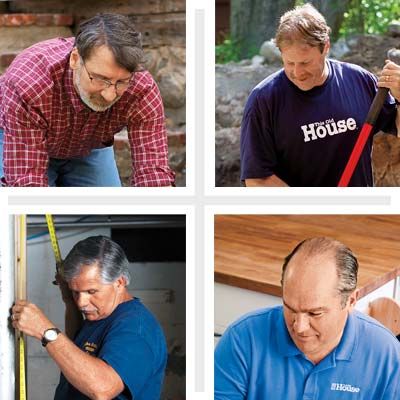
The crew members of This Old House are masters of their respective trades. They’ve spent decades honing their skills and know exactly which tools are indispensable for various tasks. We’ve asked each crew member to reveal the five tools they simply can’t do without. Below, they’re sharing the must-have features that make these tools helpful and offering valuable insights for DIY enthusiasts and seasoned contractors alike.
Roger Cook, Landscape Contractor
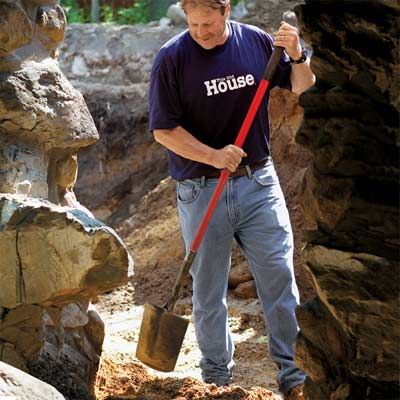
Cook depends on top-notch hand tools for challenging outdoor projects. His expertise in transforming outdoor spaces highlights the need for durable, efficient tools that can handle tough conditions.
Landscaping Shovel
Cook’s go-to landscaping shovel has a spade head and a flexible fiberglass handle. “Wood handles can snap when you’re prying up rocks and stumps,” he says.
Mattock
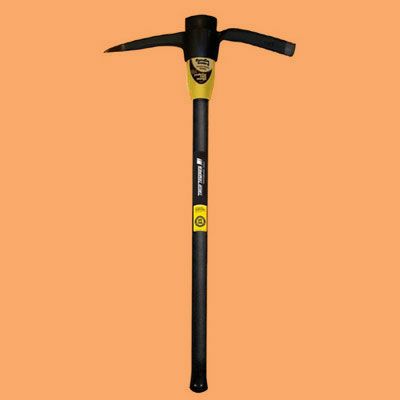
A mattock, which combines a grub hoe and a pick, is a must for preparing flower beds. “A grub hoe has a heavier steel blade than a garden hoe, which helps break up hardened soil,” Cook explains. The pick end is great for starting holes for plants, making this tool versatile for digging and clearing stubborn roots.
Steel Rake
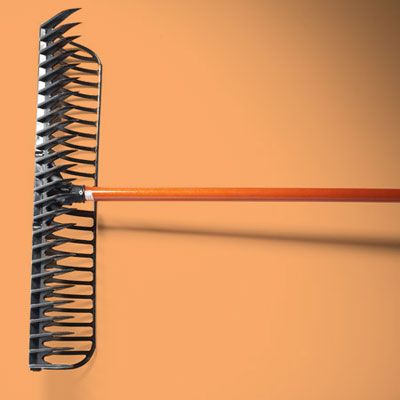
While Cook usually prefers fiberglass handles for most tools, he appreciates a wood-handled, level-head steel rake when spreading soil and mulch. The sturdy steel construction provides efficient material distribution, while the wood handle offers a comfortable grip for extended use and greater control during labor-intensive tasks.
Hand Cultivator
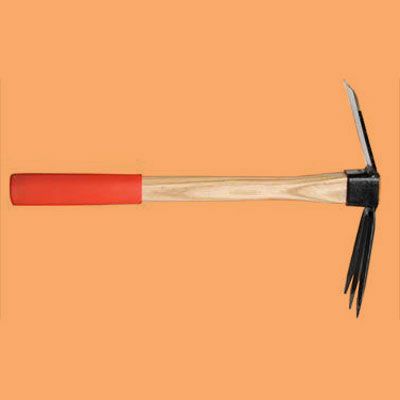
Cook trusts a combination hand cultivator and mini grub hoe for weeding and soil preparation. Quality tools of this type are made of a single piece of metal for durability. The hoe end removes stubborn roots, while the cultivator tines help loosen soil and remove smaller weeds. Together, this tool makes garden maintenance easier and more effective.
Plastic Wheelbarrow

A rugged plastic wheelbarrow is fundamental for any landscaping project. “It’s lighter than steel, won’t rust, and will save your back,” Cook shares. A plastic wheelbarrow is lightweight enough to be easy to maneuver, and it’s durable enough to handle heavy loads of soil, mulch, or other materials without tipping over.
Norm Abram, Master Carpenter
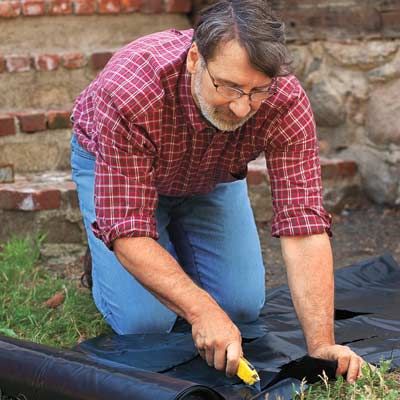
Abram values tools with precise and useful features. His recommendations focus on the versatility and accuracy needed for any carpentry project.
Utility Knife
Abram keeps a retractable utility knife on hand for opening boxes or other lightweight tasks. “It’s safer than using a kitchen knife,” he explains. He suggests a utility knife that has a lock, a safety guard, and a blade you can change without a screwdriver.
Compass
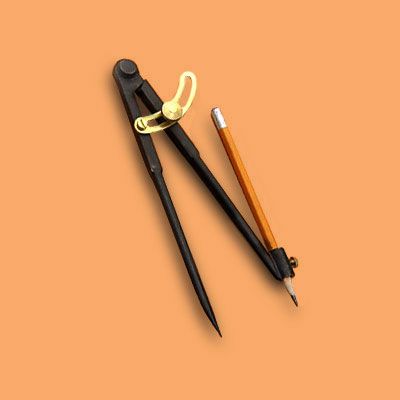
Abram relies on a high-quality compass with locking parts for scribing cabinets and trim to fit imperfect walls. This prevents the compass from moving during use, increasing accuracy throughout the scribing process. A reliable compass helps Abram get seamless fits, whether he’s creating custom trims or fitting bespoke cabinets.
Cordless Drill

Abram’s preferred cordless drill is a compact, lightweight 12-volt model. “Don’t bother with a bulky 18-volt version,” he suggests. “Today’s lithium-ion drills have enough power for most projects.”
A smaller, lighter drill is easier to maneuver in tight spaces while still providing the needed power for most home improvement tasks.
Combination Square
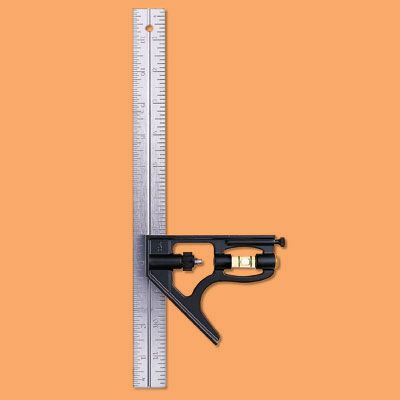
On job sites, Abram uses a 12-inch combination square for accurate miter cuts and a 4-inch version in his shop for furniture projects. Both have steel heads for durability and precision, outperforming plastic or die-cast alternatives. A combination square is essential for checking angles, marking cut lines, and ensuring joints are square.
Miter Saw

Abram recommends a 12-inch compound miter saw for precise crosscuts on trim and molding. His favorite model swivels in both directions, tilts for beveling, and includes a built-in laser guide for increased accuracy. The dual-laser feature marks both sides of the blade’s cutting path, making it an essential tool for his detailed woodworking projects.
Richard Trethewey, Plumbing and Heating Expert
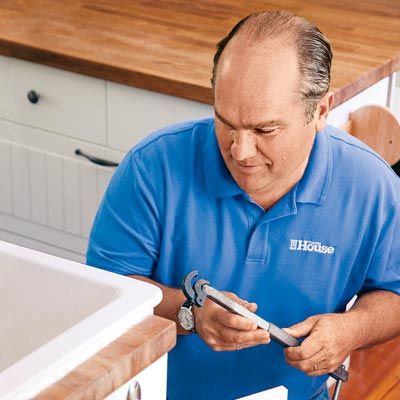
Trethewey uses a mix of specialty and general-purpose tools to help him finish various projects. His recommendations are useful for both DIY enthusiasts and professional plumbers.
Basin Wrench
If you do your own plumbing (or want to), Trethewey recommends a long-handled basin wrench for fiddling with impossible-to-reach sink fittings. “It’ll save your knuckles from getting scraped up,” he says.
Tubing Cutter

You’ll need a mini tubing cutter to work in tight spaces. This compact tool allows for clean, precise cuts through metal or plastic pipes, even in cramped areas. Its size makes it ideal for under-sink work, behind appliances, or other confined spaces common in plumbing tasks.
Water Pump Pliers

No homeowner should be without a pair of water pump pliers. “The adjustable jaws can fit around pipes of any diameter, and they offer plenty of torque for tough tasks like loosening rusted-on nuts,” Trethewey says. Pick a pair with jaws that have nonslip teeth that grip well.
Multi-Tip Screwdriver
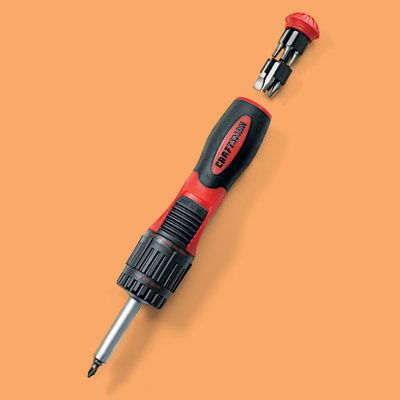
Trethewey prefers an 11-in-1 multi-tip screwdriver over carrying multiple screwdrivers. This versatile tool combines various screwdriver sizes and types into one compact package, saving space in your toolbox or work belt.
Cordless Drill
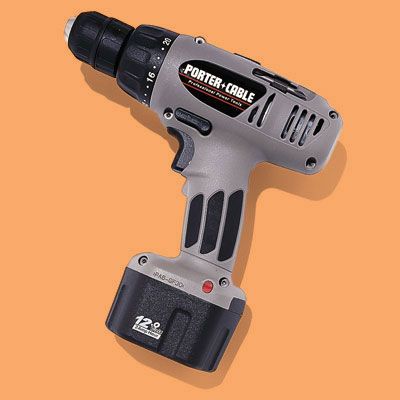
Trethewey frequently uses a cordless drill for tasks that require more power than a manual screwdriver. From installing fixtures to drilling pilot holes for pipe hangers, a cordless drill offers the versatility and convenience needed for plumbing and heating projects.
Tom Silva, General Contractor
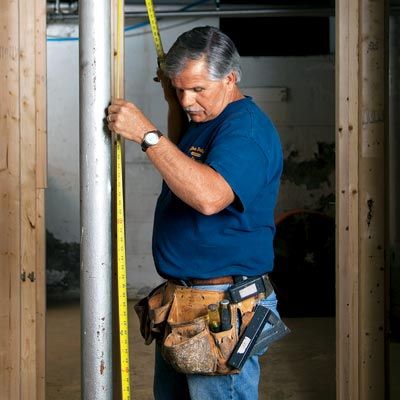
Silva has refined his tool selections through years of experience. His recommendations emphasize practicality and efficiency for various construction and renovation tasks.
Tool Belt
To save time while working, he always wears a tool belt. “A good belt is easy to adjust, with pockets that are comfortable to reach into,” Silva says. He made his own by grafting the leather pouches from a store-bought belt onto an old seat belt.
Hammer
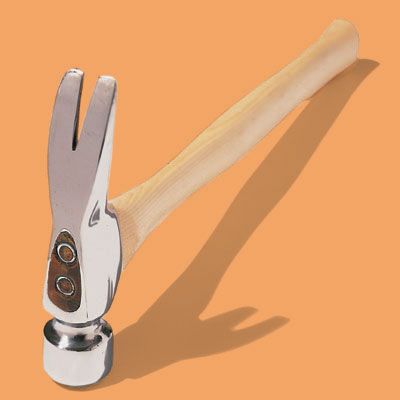
Though most homeowners own a hammer, Silva recommends a wood-handled, straight-claw hammer for most tasks. “A 16-ounce hammer has plenty of heft but isn’t too heavy,” he suggests. “And the wood handle vibrates less than metal or plastic, so it’s easier on hands and arms.”
This hammer strikes a balance between weight and comfort for extended use on various projects.
Measuring Tape
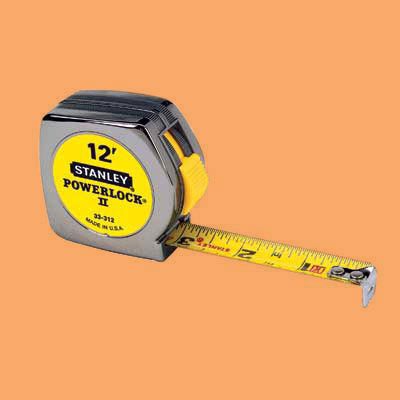
Silva frequently uses 12- and 16-foot tape measures. He prefers models that lock when extended. Having tape measures of different lengths gives you flexibility in various measuring situations and can make your measurements more precise.
Speed Square Holder
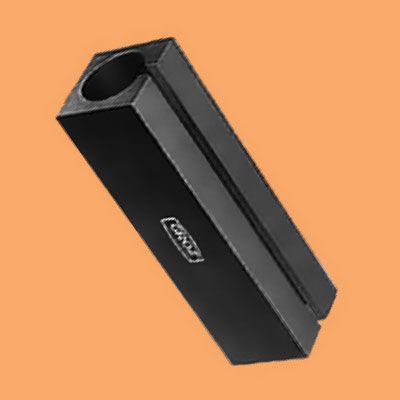
The speed square is invaluable for marking cut lines and checking angles, and it serves as a guide for quick and accurate cuts. A speed square holder clipped to Silva’s tool belt keeps this versatile tool within reach.
“Items you use often should be effortless to retrieve and store,” he underlines.
Multitool
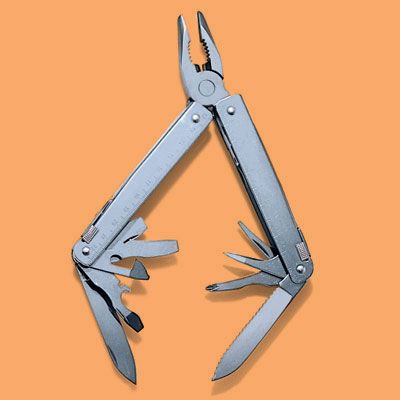
Silva includes a multitool equipped with pliers, screwdrivers, and files in his toolkit. This compact device is handy for tight spots or quick repairs. Its versatility makes it a key addition to any tool collection.
More Essential Tools
While the This Old House pros have shared their top picks, a few more tools deserve mention for their broad utility in various home improvement projects:
- Level: A quality level provides straight lines and proper alignment for tasks from hanging pictures to cabinet installations.
- Putty knife: This tool helps apply and smooth putty, scrape surfaces, and can even serve as a makeshift pry bar.
